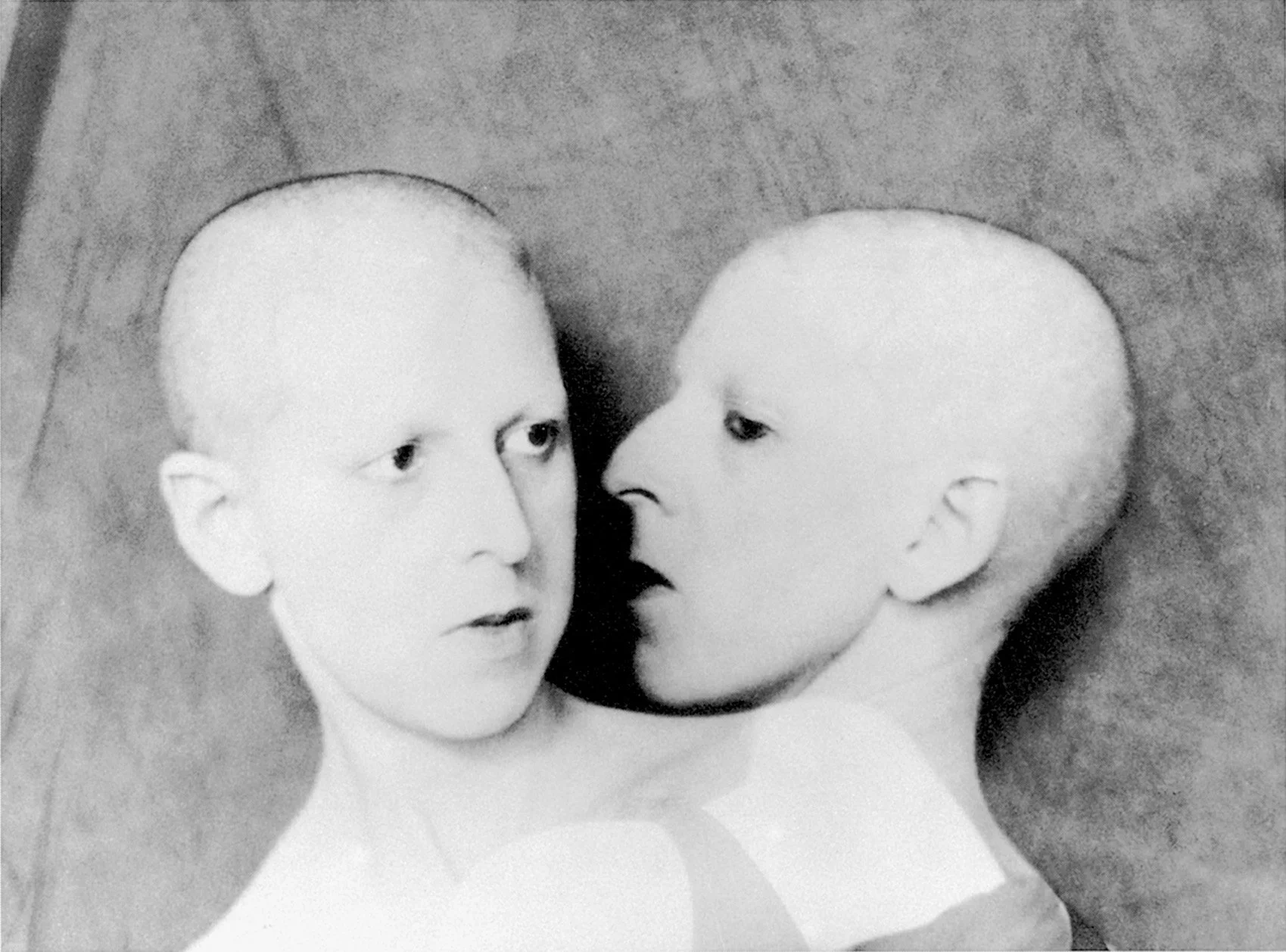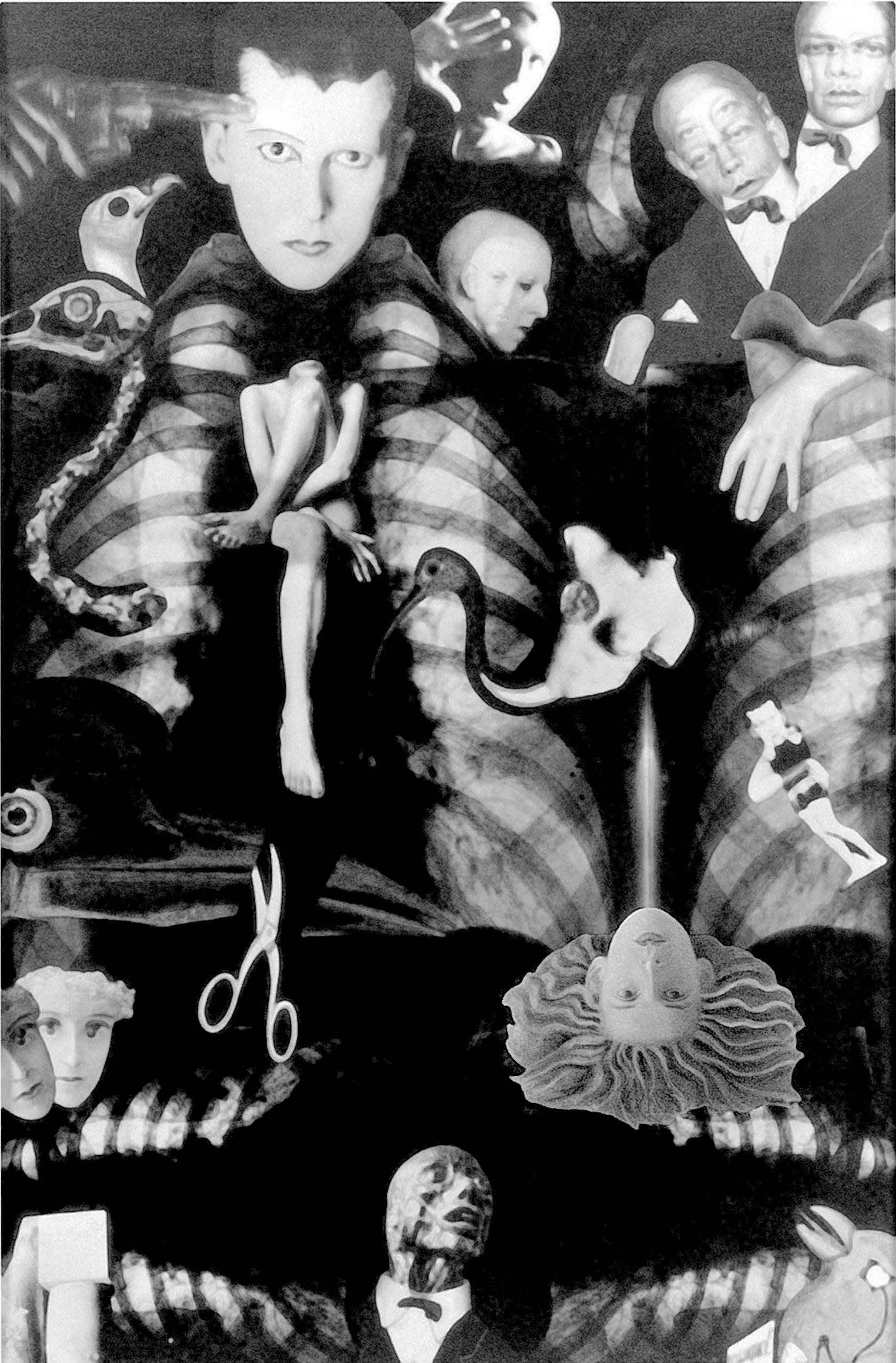Claude Cahun: Photofile
Claude Cahun, Que me veux-tu ?, 1928 | Photographies de Claude Cahun / Droits réservés
Written by: Joe Cuccio
An artist who has paved the path for many image makers to express their own unique identity and more importantly challenge gender norms prompted by society was Claude Cahun. Her work is centered around the mixing of gender and genre through photography. She left behind a great deal of impactful images that have a poetic take on the fluidity of these concepts. Truly before her time, Cahun was an incredible artist. Very few image makers existing during the early 1900s were making a commentary on deconstructing gender norms while fusing genres through imagery. In this collection of her works, viewers can take a deep dive into how Cahun carved her path in photography.
Claude Cahun, 1927 | Photographies de Claude Cahun / Droits réservés
While Cahun deployed many types of image-making tactics such as portraiture, still life, and self-portraits, what ties each together is the understanding that all things are constructed and deeply considered in her works. Many of her self-portraits act as performances where she dresses in clothing associated with both masculinity and femininity, blurring the assumed lines of her gender. She cast aside societal norms that pushed women to appear feminine, creating images that were in service of conveying her identity as a woman without being either overtly feminine or masculine. Through her self-portraits, she also allocated a space for gender fluidity to appear in portraiture. At times the depiction of herself seemed to be a blank slate, leaning into neither masculinity nor femininity, but rather existing in a space between gender norms. Her depiction of her head floating in space calls to question the binary of genders. There are no indicators of her own identity being portrayed as masculine or feminine, just two identical heads existing in the same space, crossing their gazes to each side of the frame. The gaze and emotion conveyed by these disembodied figures looks puzzled, as if to convey the experience of questioning life as a whole. When you view this image in the context of the collection of works, you can see that Cahun was shattering the ordinary conventions of gender as society had known them.
Claude Cahun, vers 1938 | Photographies de Claude Cahun / Droits réservés
The constructed nature of the images Cahun made appeared in a slew of ways. Some of the images deployed collage-making strategies, where slices of multiple images would appear in the same frame to fuse all the genres she operated in. A black background is used as the backdrop for an assortment of self-portraits, still lifes, and even portraits of others. The transparent nature of some of these figures revealed other images and even textures that could exist in the collective image. Cahun was able to deploy many modes of making, compressing them all into a singular piece while leaving space for not only her commentary of gender norms and fusion of style, but also an allowance for her influence from the surrealist movement to appear. She had been friendly with some pivotal figures in the surrealism movement, like Man Ray, and that was evident in many of the images she had created.
Claude Cahun, vers 1938 | Photographies de Claude Cahun / Droits réservés
The performance also played a huge part in the photographs she made. Self-portraits she created deeply considered a plethora of factors that contributed to the way viewers would engage with her work. The photograph of her behind bars gives off a particular quality of grief and loss. She exhibits an expression that feels remorseful, with an averted gaze that falls towards the ground. She builds an emotional quality to her images by positioning herself in a specific place, paying attention to her body language, and ensuring that her gaze is exactly where she desires.
Claude Cahun, 1940 | Photographies de Claude Cahun / Droits réservés
The book encompasses the multitude of threads that Cahun explored both conceptually and visually. Her vast collection was full of diversity but tied together nicely as it challenged societal norms and followed suit of her politically active lifestyle. Cahun was an incredible artist who should be looked to for inspiration throughout not just the world of photography, but all mediums of creation. She allowed for identity to be so much more than a singular side of a binary, and helped open up the art world to questioning how the world views femininity and masculinity.












